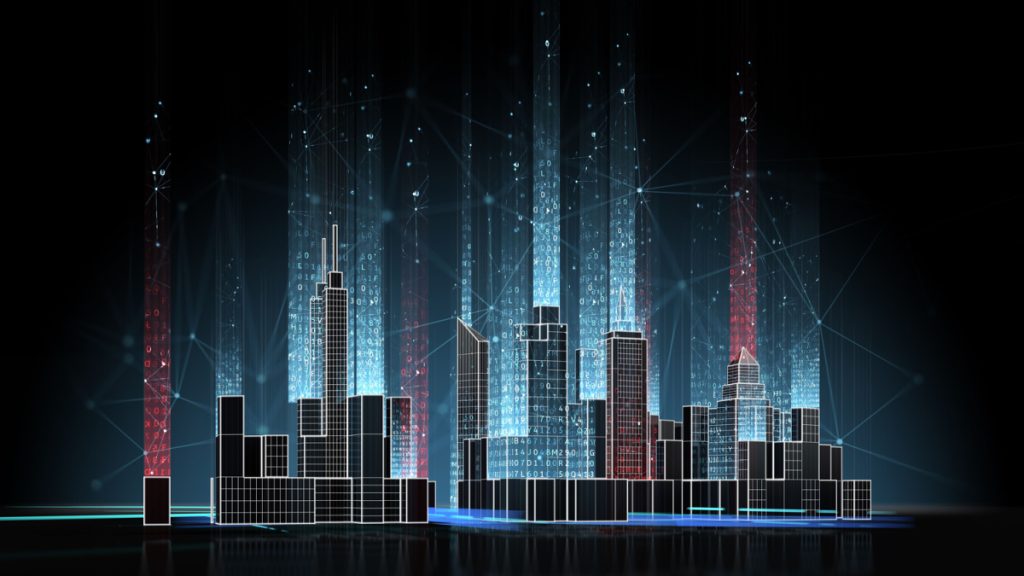
Wouldn’t it be a dream to experience a Web3 livable metropolis?
- The city’s governance structures are decentralized, allowing for direct citizen participation and transparent decision-making.
- The city would be sustainable, employing IoT devices, data analytics, and blockchain-based solutions.
- A tokenized economy incentivize sustainable behaviors, support local commerce, and foster economic empowerment within the metropolis.
Whatever technology we create, we seek to incorporate it on massive scales. Massive enough to redefine urban planning. The latest discussion is a Web3 livable metropolis. Honestly, what’s with humans’ fascination with computing their lives?
What is a Web3 Livable Metropolis?
A Web3 livable metropolis is a vision of a city or urban environment incorporating Web3 technologies and principles to create a more sustainable, inclusive, and efficient living space for its residents. It leverages decentralized technologies like blockchain, smart contracts, and decentralized applications (DApps) to transform various aspects of urban life, including governance, infrastructure, economy, and citizen participation.
Decentralized Governance
The paradigm shift from traditional centralized decision-making structures to a more inclusive and transparent approach is the key to decentralized governance in a Web3 livable metropolis. How to achieve that? They have a couple of options.
Such arrangements allow citizens to directly participate in the decision-making processes shaping their city. As a matter of fact, blockchain provides a tamper-proof and transparent ledger, ensuring the integrity and accountability of governance systems. Residents can then contribute their ideas, vote on proposals, and actively engage in policymaking, fostering a sense of ownership and empowerment.
Smart Infrastructure
The integration of Web3 technologies such as the Internet of Things (IoT), blockchain, and data analytics into the physical systems and services of the city is another key of a Web3 livable metropolis. IoT devices, for example, interconnect various crucial elements of the urban landscape:
- Transportation
- Energy Grids
- Waste Management
- Public Services
Data collected from these devices is securely stored and managed on blockchain platforms. As a result, they ensure transparency and trust. This data can then be analyzed for the optimization of the infrastructure.
By leveraging smart infrastructure, a Web3 livable metropolis aims to enhance sustainability, improve quality of life, and create a more efficient and resilient urban environment for its residents.
Tokenized Economies
A Web3 livable metropolis has a tokenized economy, facilitating value exchange and economic activities. And blockchain technology, which is Web3’s favorite child, plays a crucial role in establishing said digital currencies and tokens. The latter can represent various assets, rights, or services within the city. They would mainly have three goals:
- Enabling Peer-to-Peer Transactions
- Incentivizing Desired Behaviors
- Promoting Local Commerce
This tokenized economy would provide opportunities for entrepreneurship, create new forms of value creation, and promote a more inclusive and resilient local economy, thus fostering economic empowerment.
I Don’t See the Problem Here
Forgive my crassness, but communism was also a fine idea on paper. Its practical implementation, however, was, to say the least, a mess. And the Web3 livable metropolis is no different. In Fact, such a vision would require collaboration between technology, urban planner, policymakers, and citizens themselves. And I hate to be THAT person, but umm… shouldn’t we be fixing our existing metropolises? I mean, New York is sinking. Just saying.
Inside Telecom provides you with an extensive list of content covering all aspects of the tech industry. Keep an eye on our Web3 section to stay informed and up-to-date with our daily articles.